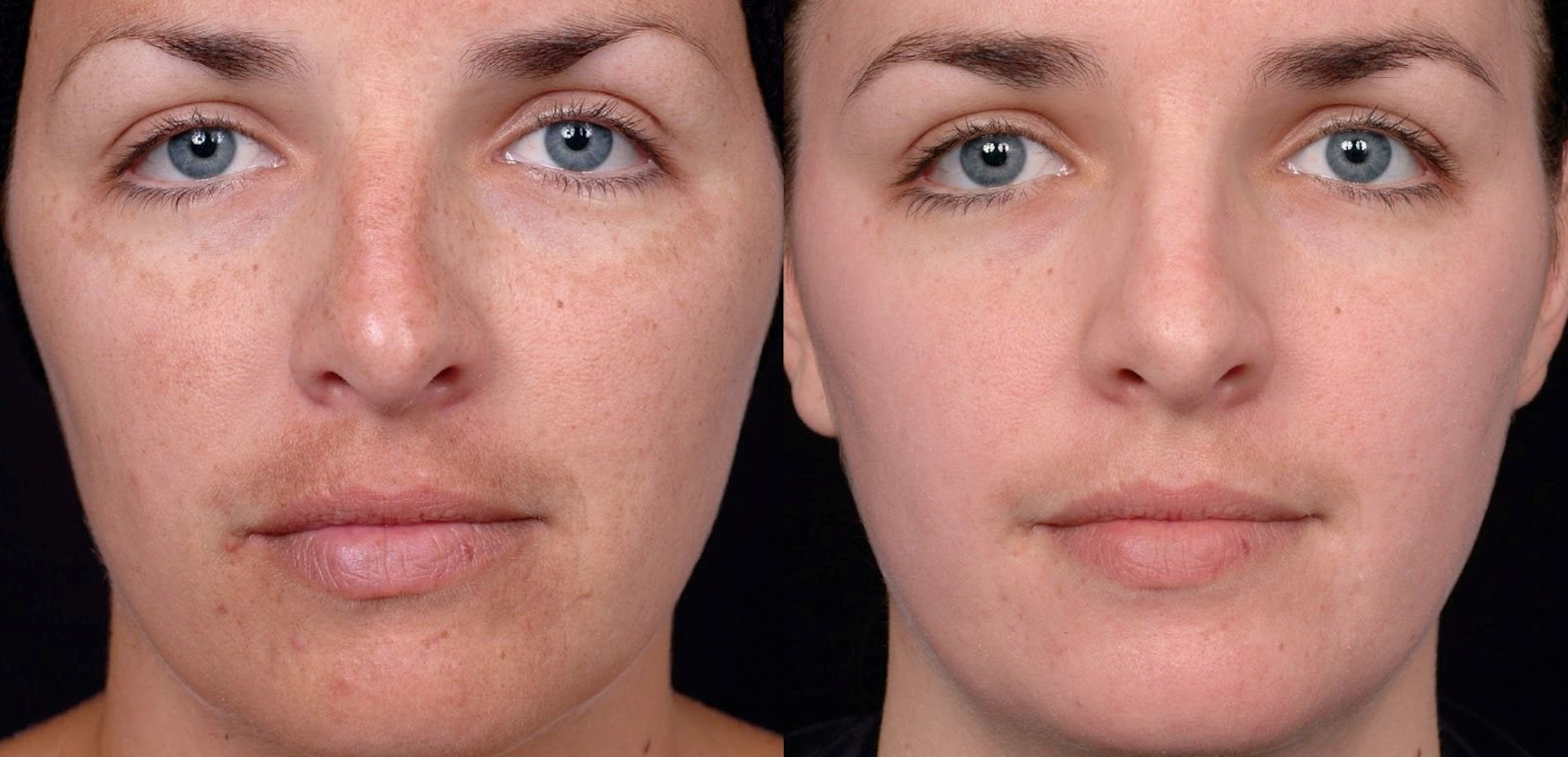When it comes to facial care, supporting and nourishing the skin’s natural chemical balance is key to staving off the signs of aging. Mandelic acid, a natural chemical peeling agent, is used to accelerate cell turnover. This helps reduce the appearance of fine lines, dark patches, acne blemishes, and other common skin concerns.* Here’s what you need to know about this versatile facial rejuvenation treatment.
Mandelic acid is a type of alpha hydroxy acid that’s extracted from bitter almonds. Alpha hydroxy acids are also found in other types of food, such as citrus fruits, grapes, and tomato juice. These natural exfoliating agents come in different strengths and produce varied effects when applied to the skin.
Mandelic acid acts as a powerful — yet gentle — exfoliator that breaks up the tiny bonds between dead cells at the skin’s surface, making it an effective component in chemical peels.*
Compared to chemical peels containing salicylic, glycolic or lactic acids, mandelic acid is lower in strength but produces longer-lasting effects.*
Benefits of Mandelic Chemical Peels
Mandelic acid’s gentle peeling effect can be attributed to its molecular structure.
Since its molecules are larger than those found in glycolic acid and other alpha hydroxy acids, mandelic acid takes longer to penetrate the skin’s surface. This makes it less likely to cause irritation.*
As a chemical peel, mandelic acid offers a wide range of treatment benefits:
• Reducing dark spots
• Improving skin texture
• Lightening freckles
• Refining skin tone
• Unclogging skin pores
• Reducing acne
• Lightening skin tone
• Reducing fine lines
• Evening out the complexion
• Being compatible with all skin types
What is particularly nice about mandelic acid peels is that they generally don’t cause a lot of inflammation.* As such, they are a safer option for treating darker skin-type individuals, resulting in less risk of post-inflammatory hyperpigmentation or brown discoloration.*
Benefits of Mandelic Chemical Peels
Professional and at-home mandelic acid formulas come in different strengths.
Higher strength concentrations — such as 40% or greater — should only be applied by a dermatologist or qualified provider. Treatments can be scheduled every other week or possibly on a weekly basis, depending on healing time.
People whose skin is prone to cold sores may want to have a dermatologist or provider perform the peel, since it can trigger outbreaks; your provider can prescribe antiviral medications to prevent this.
*Disclaimer, results may vary from person to person.

